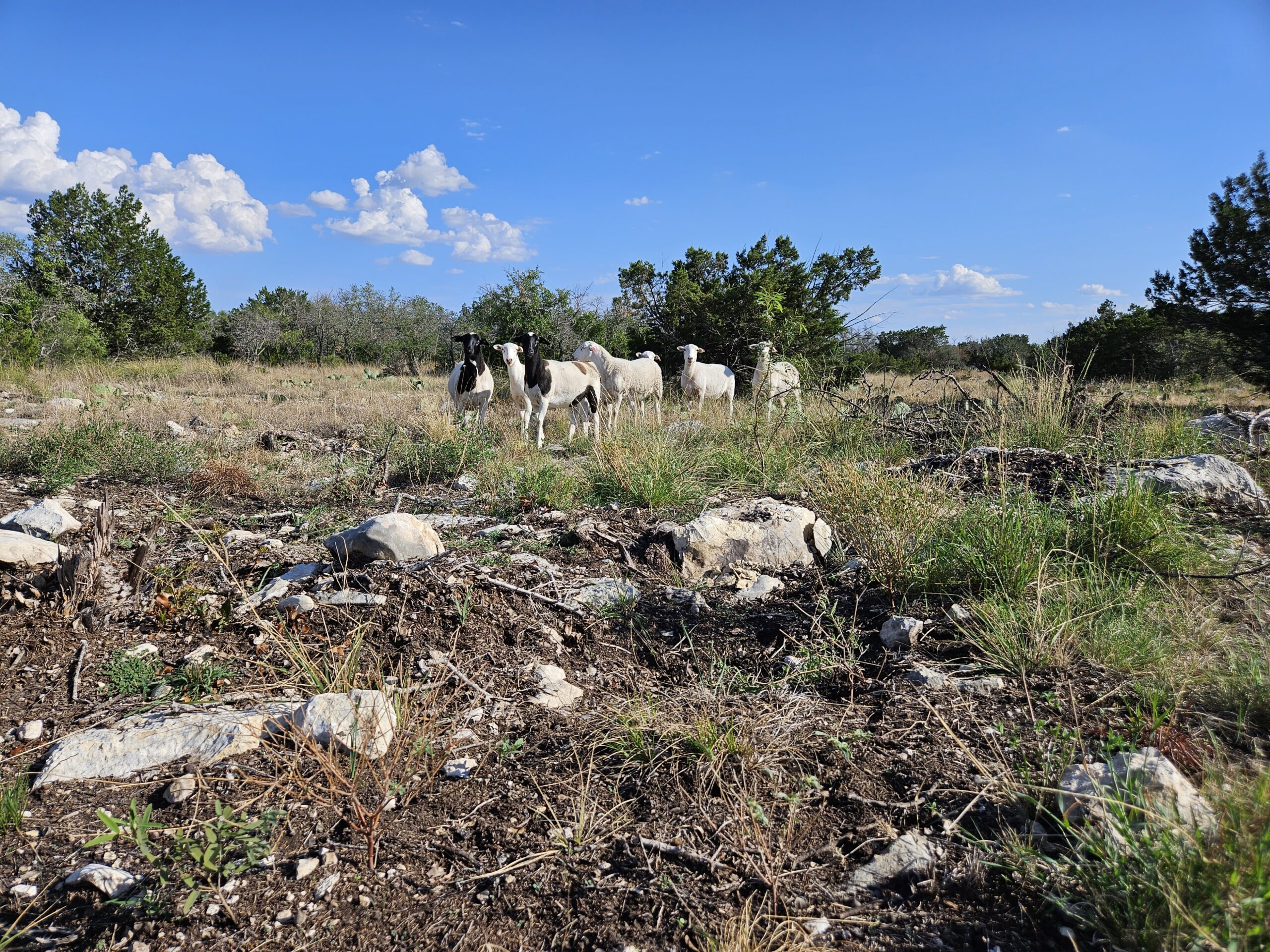
Publications
Peer-reviewed publications of the Grazingland Animal Nutrition Lab
- Nutritional monitoring of rangeland beef cattle in the Edwards Plateau of Texas using region-specific fecal near-infrared spectroscopy predictions of diet quality.
D. R. Tolleson, W. E. Fox, W. E. Pinchak, J. P. Angerer. 2024 - State of the art and the future of faecal analysis using infrared spectroscopy.
Kho, E. A., J. N. Fernandes, A. J. Tilbrook, G. P. Fox, M. T. Lord, A. C. Kotze, A. M. Beasley, S. S. Moore, P. J. James, D. R. Tolleson, and D. Cozzolino. 2023 - The application of NIRS to determine animal physiological traits for wildlife management and conservation.
Morgan, L. R., K. J. Marsh, D. R. Tolleson, and K. N. Youngentob. 2021. - Evaluation of non-invasive field-expedient techniques for determining the age of hot-iron brand burn scars in cattle.
Tolleson, D. R. and D. W. Schafer. 2021. - The application of near infrared spectroscopy to predict fecal nitrogen and phosphorus in multiple ruminant herbivore species.
Tolleson, D. R., and J. P. Angerer. 2020. - Growing degree day: A non-invasive remotely-sensed method to monitor diet crude protein in free-ranging cattle.
Tolleson, D. R., J. P. Angerer, U. P. Kreuter, and J. E. Sawyer. 2020. - The effects of a rotational cattle grazing system on elk diets in Arizona piñon–juniper rangeland.
Tolleson, D., Halstead, L., Howery, L., Schafer, D., Prince, S. and Banik, K., 2012. - Use of near infrared reflectance spectroscopy to discriminate between the physiological status of Giant Pandas.
Wiedower, E., R. Hansen, A. Kouba, C. Vance, J. Stuth, and D. Tolleson. - Precipitation timing and grazer performance in a tallgrass prairie.
Craine, J. M., E. G. Towne, D. R. Tolleson, and J. B. Nippert. 2012. - Forage Quality Photo Guide – Evaluating Diet Quality Selected by Grazing Beef Cattle Using Photographic Guidelines
R. K. Lyons, R. V. Machen and J. W. Stuth. 2011. - Climate change and cattle nutritional status.
J. M. Craine, A. J. Elmore, K. C. Olson and D. R. Tolleson. 2010. - Effect of previous experience on grazing patterns and diet selection of Brangus cattle in the Chihuahuan Desert.
Bailey, D. W., M. G. Thomas, J. W. Walker, B. K. Witmore, and D. R. Tolleson. 2010. - Use of near infrared spectroscopy to discriminate between and predict the nutrient composition of different species and parts of bamboo: Application for studying Giant Panda foraging ecology.
Wiedower, E., R. Hansen, H. Bissell, R. Ouellette, A. Kouba, J. Stuth, B. Rude, and D. Tolleson. 2009. - Fecal NIRS to predict diet quality in donkeys.
Kidane, N. F., J. W. Stuth, and D. R. Tolleson. 2008. - Fecal NIRS: detection of tick infestations in cattle and horses. Veterinary Parasitology.
Tolleson, D. R., P. D. Teel, J. W. Stuth, O. F. Strey, T. H. Welsh, Jr, and G. E. Carstens. 2007. - Predicting diet quality of white-tailed deer via NIRS fecal profiling.
Showers, S. E., D. R. Tolleson, J. W. Stuth, J. C. Kroll, and B. H. Koerth. 2006. - Determination of sex and species in red and fallow deer by near infrared reflectance spectroscopy of the faeces.
Tolleson, D. R., R. D. Randel, J. W. Stuth, and D. A. Neuendorff. 2005. - Monitoring the nutritional status of grazing animals using near infrared spectroscopy.
Stuth, J. W., and D. R. Tolleson. 2000.
